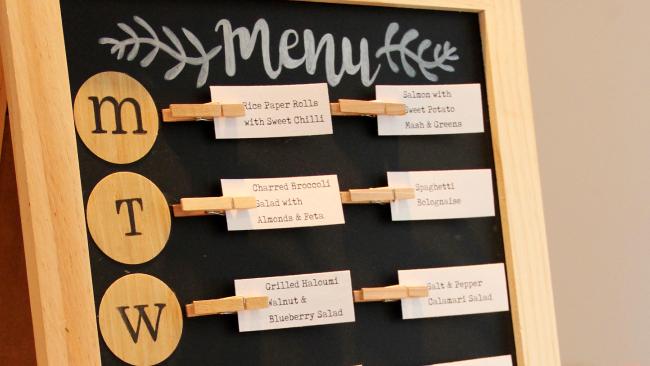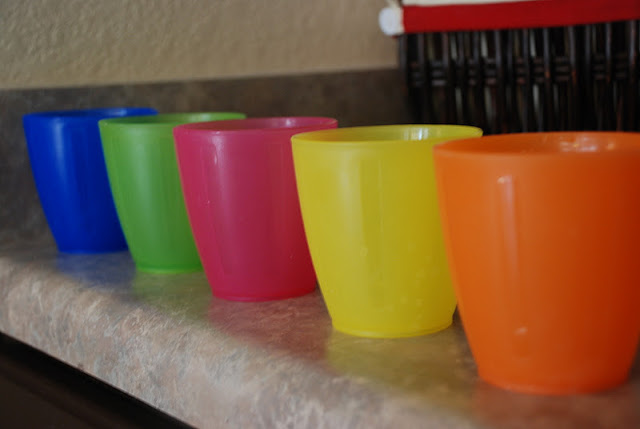As my family has grown, my wife and I have adapted some Lean Construction practices that have made managing our household and raising our children more efficient. Due to social distancing measures I’ve been home more often than usual, so I’ve had extra time to reflect on my own family’s journey with Lean— and why now, during the CoVID-19 pandemic, is the best time to “sharpen the axe” and improve some of our Lean Principles and Tools at home.
If you’re interested in some simple Lean principles and tools that can help establish (or re-establish) vision, accountability, and flow with your family, I hope the following is helpful for you on your own journey.
Family Daily Huddles
In traditional settings on a jobsite or shop floor, a daily huddle’s purpose is to allow team members to check in with each other, understand needs and constraints, align on the plan for the day, and receive or update team members with critical information. The same can apply for your household. A brief family huddle held over breakfast each morning can:
1. Align your family members on what the daily plan is and what are the specific needs or constraints for that day—like sports practice or games, doctor visits, school functions, homework, dinner accommodations, spouse arrival times home from work, and so on.
2. Establish standard work responsibilities for each family member as well as expectations—for example, what needs to be complete before the TV/Xbox gets turned on, playtime outside, or husband escaping to the man cave in the garage.
3. Recap the wins and losses from the previous day for learning and continuous improvement: what worked and what didn’t so the family can improve going forward.
Family Daily Huddle Rules
This can look like a lot of different things for lots of different families, but the premise is the same. As with a huddle on a jobsite, some of the same rules apply in the home:
1. Find the right huddle space. Find a place where everyone is comfortable, and don’t be afraid to experiment with different locations, such as the back yard or a park.
2. Allow and encourage everyone to speak and engage. This allows everyone to have their time to talk and especially help children to feel heard.
3. No distractions, no phones, no TV, etc. Lean is about respect for people, so prioritize your family over distractions.
4. Give everyone a chance to lead. This gives everyone an opportunity to run the meeting and gain skills that will help them along their Lean journey
5. Have fun! I mean it, have some fun while you meet as a family and plan to conquer your day. Family dance party with Alexa as a huddle kick off is always fun.
Visual Communication in the Home
The catalyst for my understanding of Lean principles and tools and their value is undoubtably visual communication. Remember, 10% of people remember what they hear, 20% remember what they read, and 80% remember what they see or do. When you make it visual, you can communicate more efficiently and effectively. Here are some ideas on how to communicate with your family visually:
1. Dinner Board – My wife and I have a board that shows what we are eating for dinner each day for the rest of the week. This informs us what needs to be added to the grocery pick up list and removes the stress and worry about planning meals during the week.

2. Chore Chart – I have four Lean Ninjas in Training (my wife calls them “the children”) and even though they’re unfortunately too young for Pull Planning, they’re still able to crush standard work around the house. We use this magnetic chart on our refrigerator to divvy up tasks and keep track of who is responsible for what. (They don’t know it but, if they’re good, Santa is bringing them their very own constraint board this year!)
3. Look Ahead Schedule or Calendar – When you’re having your daily huddle, use a family calendar to review upcoming activities and important events or dates. This can look very different depending on your style. You can get super nerdy and build out a full-blown LPS weekly work plan and rock family PPC scores (which I love and wish I did as I’m typing this), or just a family paper calendar hung on the fridge. The idea here is using something to visually represent important upcoming dates and activities so the team (family) can be poised for success.
5S Labeling
The use of small labels and designated colors on certain items has been a useful tool for our family. We use them on all sorts of items, from toothbrushes to lunch boxes, and I’ll give you an example of why they are effective. The three oldest boys are always coming in from playing outside, thirsty and ready for a drink of water. Each time, they would go to the cabinet, grab a new cup, and then set it on the counter. This cycle would repeat, as they didn’t remember which cup was theirs and, in an effort to keep our kids not drinking after one another, we would have 20 cups in the sink at the end of the day. Now, each kid has a color-coded cup that is theirs with their name on it that they get each morning and they use it throughout the day without confusion.

I know this is just the tip of the iceberg when it comes to leveraging Lean tools in the home or with your family. If you are a rock star Lean leader and would like to share what you do at home, please comment below!
By: Joe Donarumo, Senior Superintendent & Director of Lean Application
Linbeck Group









